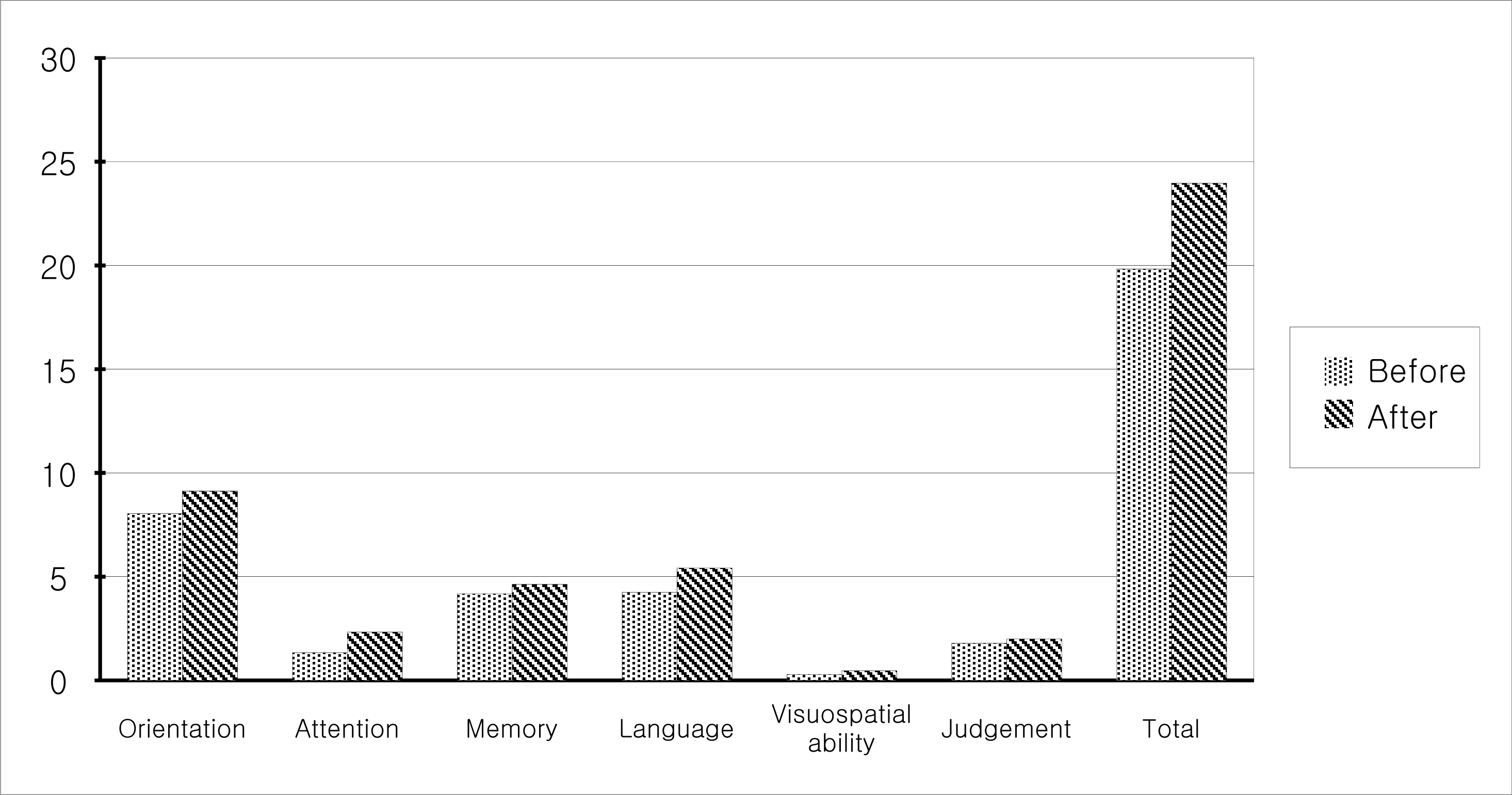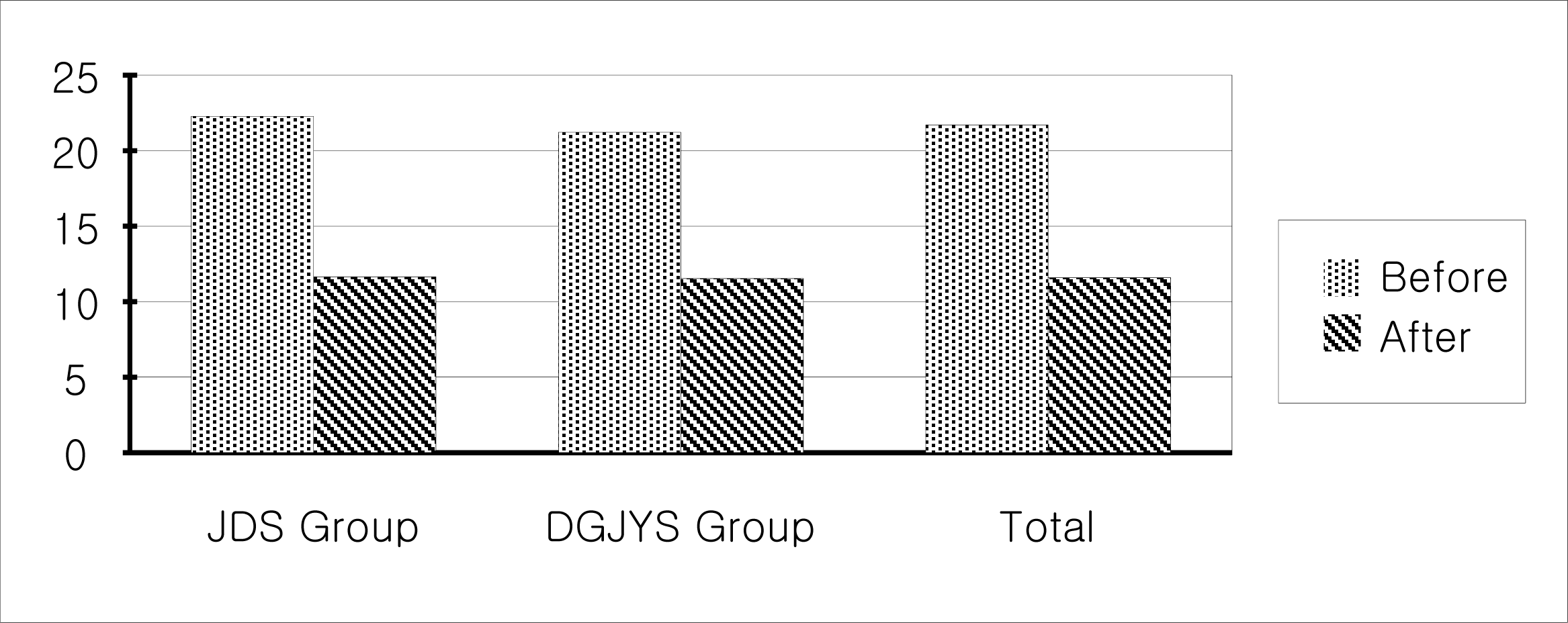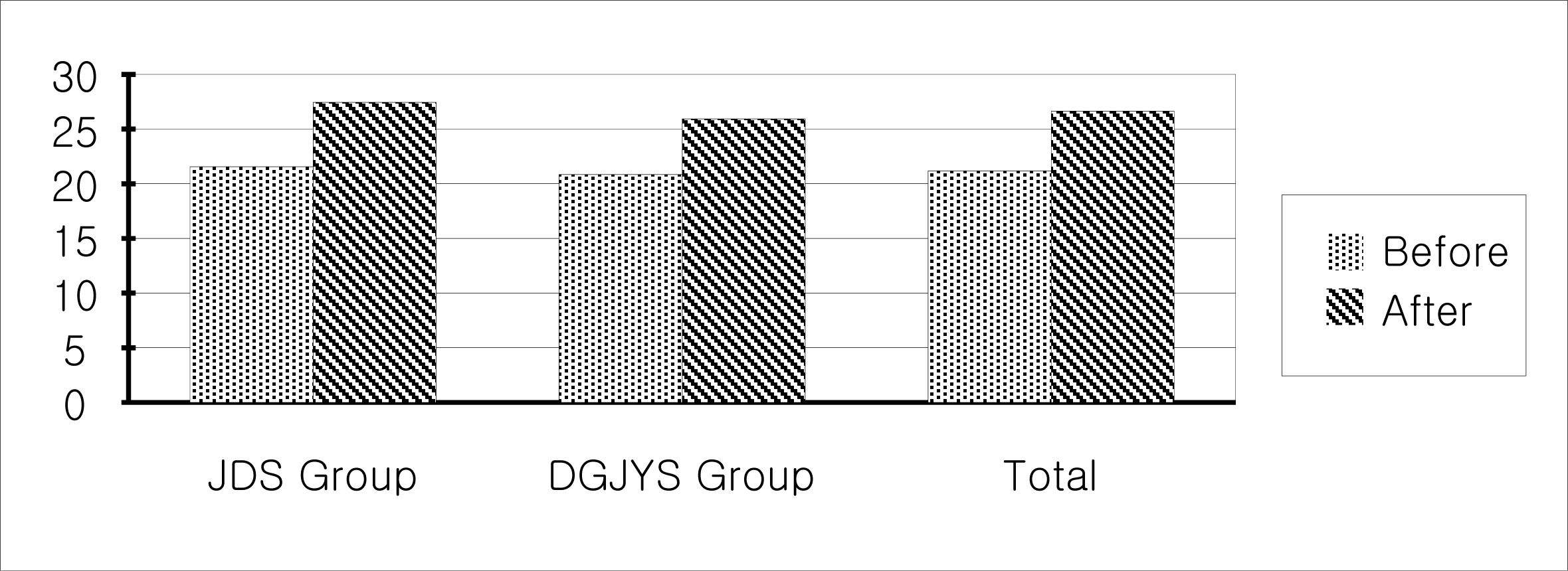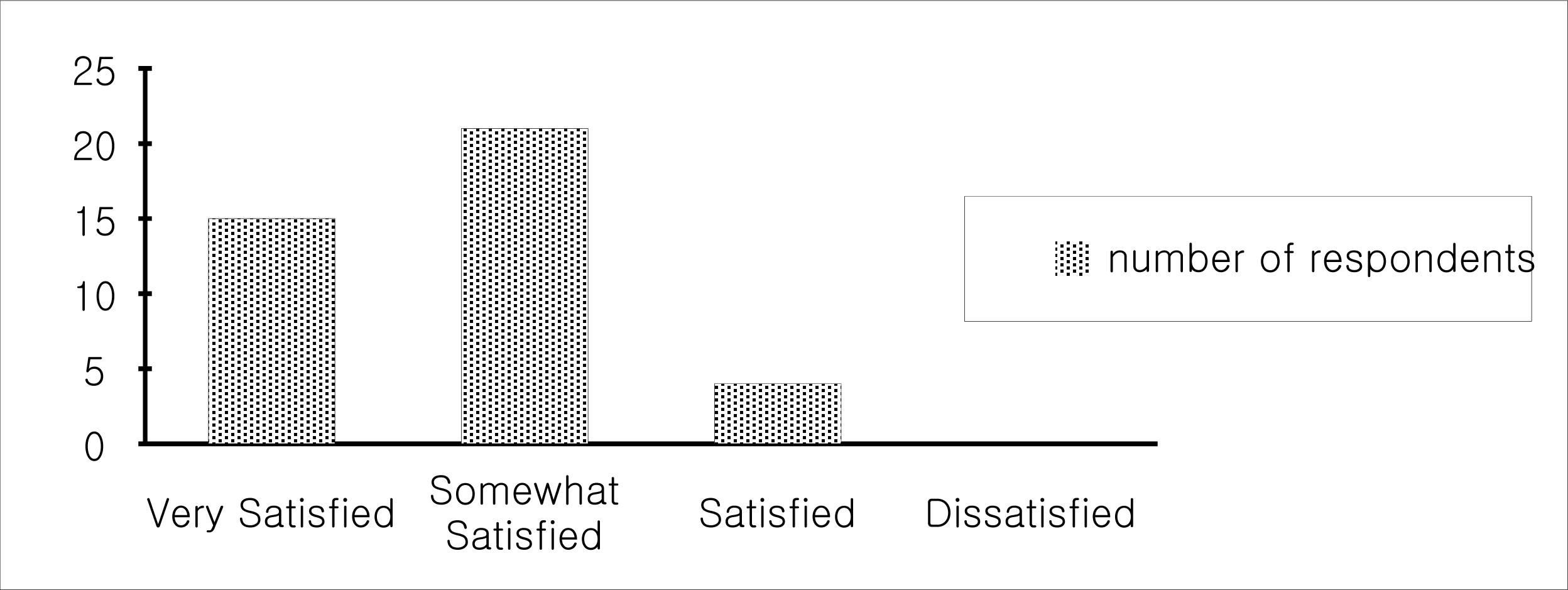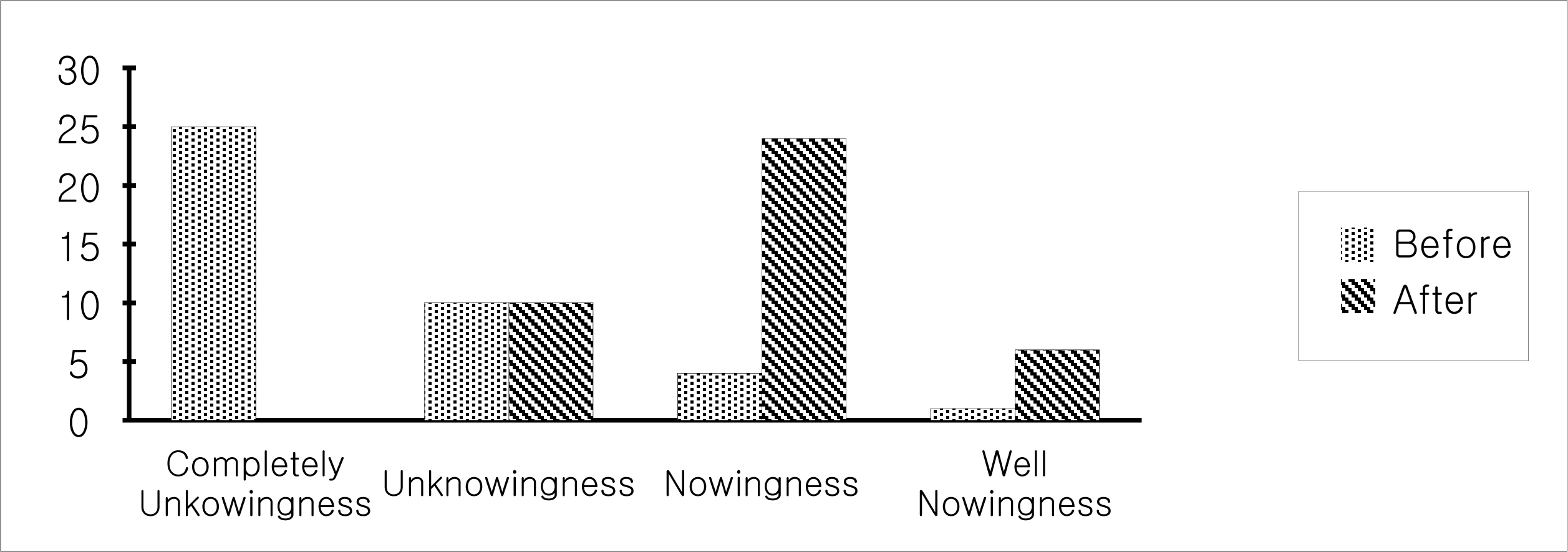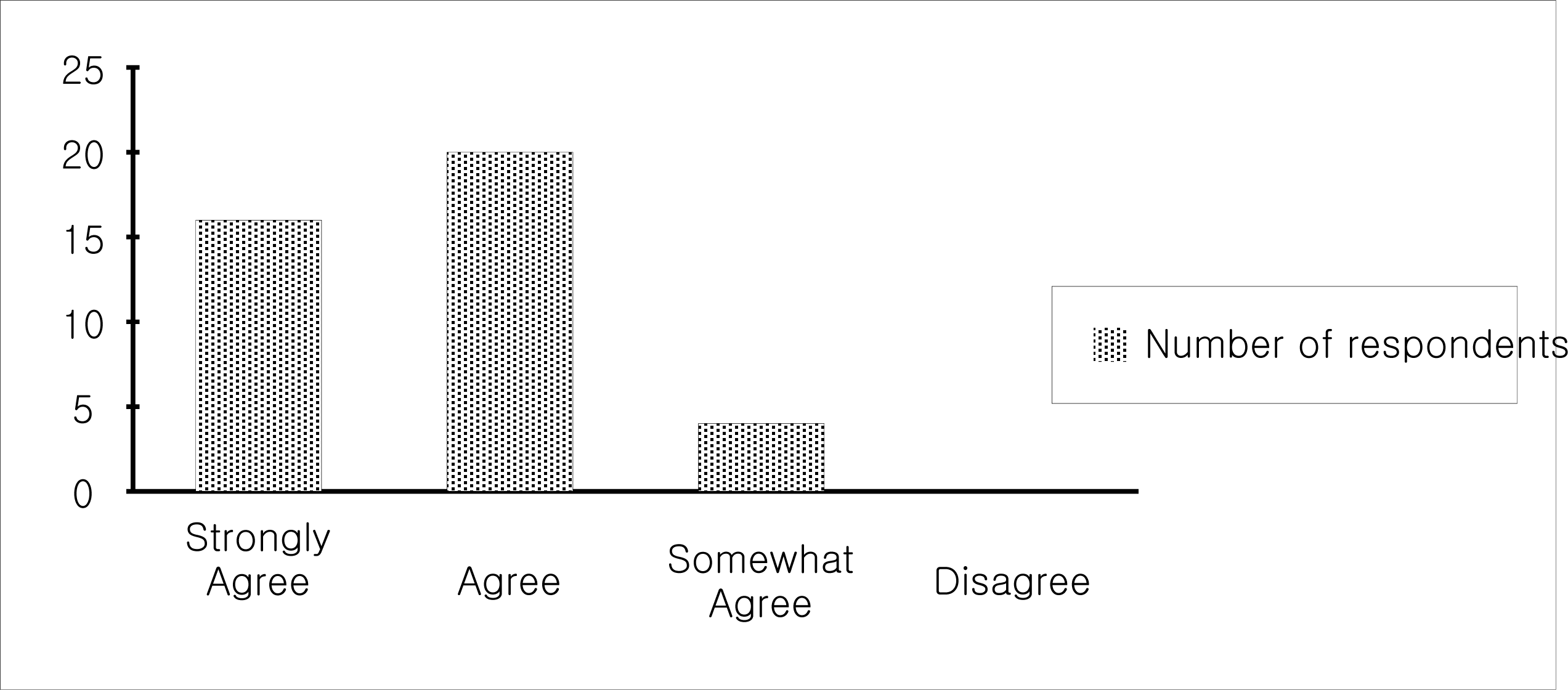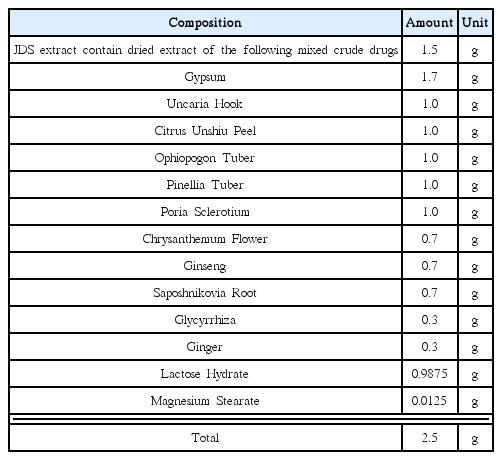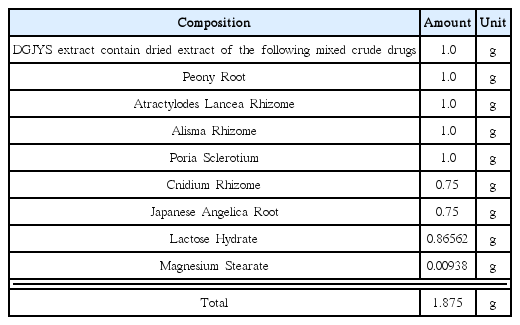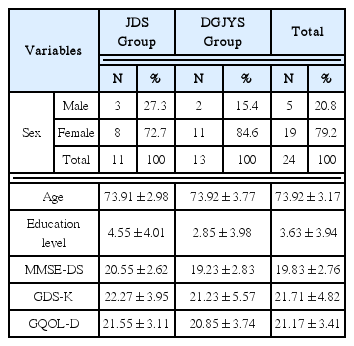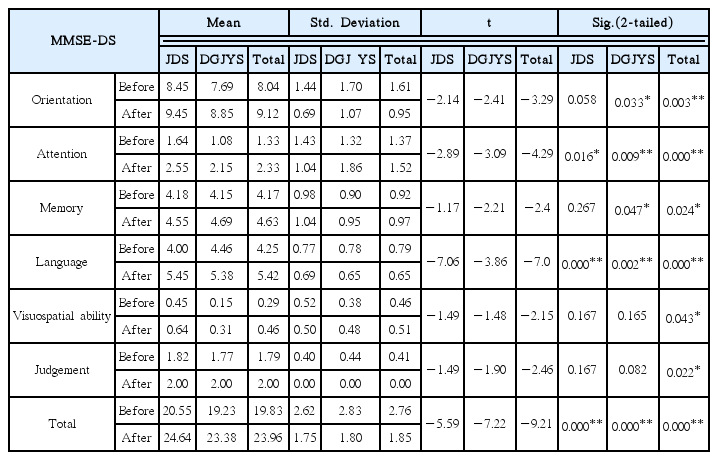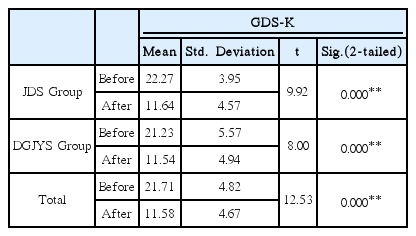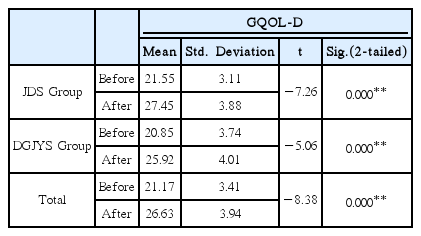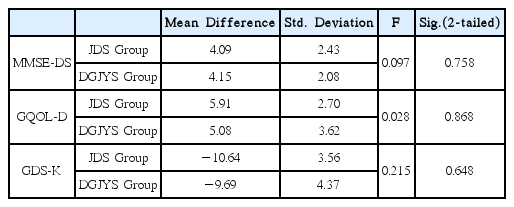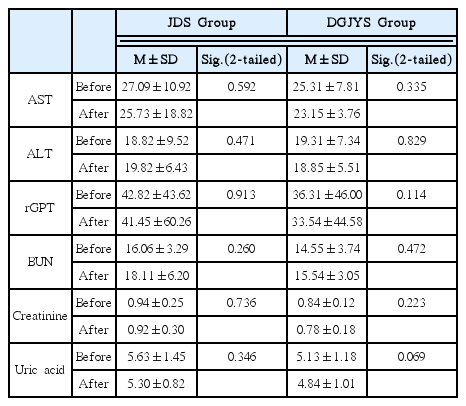References
1. Statistics Korea. Future Population Projection Statistics Korea; 2012.
2. Ministry of Health & Welefare. Survey of Dementia Prevalence Rate Ministry of Health & Welefare; 2008.
3. Ku BD, Kim SG, Lee JY, Park KH, Shin JH, Kim KK, et al. Clinical practice guideline for dementia by Clinical Research Center for Dementia of South Korea. J Korean Med Assoc 2011;54(8):861–875.
4. Choi KG. Neuropathology of MCI-View from Relationships with Aging and Alzheimer’s Disease-. Dementia and Neurocognitive Disorders 2003;2:101–107.
5. Petersen RC, Doody R, Kurz , Mohs RC, Morris JC, Rabins PV, et al. Current Concepts in Mild Cognitive Impairment. Arch Neurol 2001;58:1985–1992.
6. Petersen RC, Smith GE, Waring SC, Ivnik RJ, Tangalos EG, Kokmen E. Aging, memory, and mild cognitive impairment. Int Psychogeriatr 1997;9(1):65–69.
7. Shah Y, Tangalos EG, Petersen RC. Mild cognitive impairment. When is it a precursor to Alzheimer’s disease? Geriatrics 2000;55:65–68.
8. Flicker C, Ferris SH, Reisberg B. Mild cognitive impairment in the eldery: predictiors of dementia. Neurology 1991;41:1006–1009.
9. Ministry of Health & Welefare. National Epidemiologic Investigation Ministry of Health & Welefare; 2008.
10. Han CS, Lee JY, Lee DW, Ryu SH, Lee KJ, Kim JH, et al. Development of Hybrid Model for Integrating Management of Geriatric Depression and Dementia in Urban Area. J Korean Geriatr So 2006;10(2):104–114.
11. John KA, Heather BB. The sensitivity of the Beck Depression Inventory to changes of symptomatology. Br J Psychiatry 1974;125:184–185.
12. Peter R. Ageing and the brain. Postgrad Med J 2007;82:84–88.
13. Heo EJ, Kang JS, Kang HW, Jeon WK. Evaluation on the Quality of Research Field with Traditional Herbal Prescriptions for Dementia Therapy. J of Oriental Neuropsychiatry 2012;23(1):93–114.
14. Murakami Y, Zhao Q, Harada K, Tohda M, Watanabe H, Matsumoto K. Choto-san, a Kampo formula, improves chronic cerebral hypo-perfusion-induced spatial learning deficit via stimulation of myscarinic M1 receptor. Pharmacology Biochemistry and Behavior 2005;81(3):616–625.
15. Koichi Y, Yutaka S, Etsuro H, Nobuyasu S, Hirozo G, Owao S, et al. Protective effects of Choto-san and hooks and stems of Uncaria sinesis against delayed neuronal death after transient forebrain ischemia in gerbil. Phytomedicine 2004;11:478–489.
16. Watanabe H, Zhao Q, Matsumoto K, Tohda M, Murakami Y, Zhang SH, et al. Pharmacological evidence for antidementia effect of Chotosan(Guteng-san), a traditional Kampo medicine. Pharamacol Biochem Behav 2003;75(3):635–643.
17. Mizushima Y, Kan S, Yoshida S, Irie Y, Urata Y. Effect of Choto-san a Kampo medicine, on impairment of passive avoidance performance in senescence accelerated mouse(SAM). Phytotherapy research 2003;17:542–545.
18. Matsuoka T, Narumoto J, Shibata K, Okamura A, Taniguchi S, Kitabayashi Y, et al. Effect of Toki-Shakuyaku-San on Regional Cerebral Blood Flow in Patients with Mild Cognitive Impairment and Alzheimer’’s Disease. Evi-Based Com and Alt Med 2012;
19. Inanaga K, Dainoson K, Ninomiya Y, TAkii O, Omaru M, Tanaka T, et al. Effects of Toko-Shakuyaku-San in Patients with Senile Cognitive Disoreders. Progress in Medicine 1996;16:293–300.
1996.
20. Iwasaki K, Satoh-Nakaqawa T, Maruyama M, Monma Y, Tomita N, Tanji H, et al. A randomized, observer-blind, controlled trial of the traditional Chinese medicine Yi-Gan San for improvement of behavioral and psychological symtoms and activities of daily living in dementia patients. J Clin Psychiatry 2005;66(2):248–252.
21. Folstein MF, Folstein SE. “Mini-Mental State”: a practical method for grading the cognitive state of patients for the clinician. J of Psych Res 1975;12:189–198.
22. Park JH, Kwon YC. Standardization of Korean of the Mini-Mental State Examination (MMSE-K) for Use in the Elderly-Part II. Diagnostic Validity. J Korean NeuroPsychiatric Assoc 1989;28:508–513.
23. Kang YW, Na DY, Han SH. A Validity Study on the Korean Mini-Mental State Examination (K-MMSE) in Dementia Patients. J Korean Neurol Assoc 1997;15:300–307.
24. Lee JH, Lee KU, Lee DY, Kim KW, Kim JH, Lee KH, et al. Development of the Korean version of the consortium to establish a registry for alzheimer’s disease assessment packet (CERAD-K): clinical and neuro-psychological assessment batteries. J Gerontology Series B: Psychological Sciences and Social Sciences 2002;57(1):47–53.
25. Han JW, Kim TH, Joo JH, Park JH, Kim JR, Yoo SH, et al. A Normative Study of the Mini-Mental State Examination for Dementia Screening (MMSE-DS) and Its Short form (SMMSE-DS) in the Korean Elderly. J Korean Geriatr Psychiatry 2010;14(1):27–37.
26. Lee HS, Kim JH, Ko HJ, Ku HM, Kwon EJ, Shin JY, et al. The Standardization of the Geriatric Quality of Life scale-Dementia(GQOL-D). J Korean Geriatr Soc 2004;8(3):151–164.
27. Ki BS, Lee CW. A Preliminary Study for the Standardization of Geriatric Depression Scale in Korea. J Korean NeuroPsychiatric Assoc 1995;129:1875–1885.
28. Ministry of Health & Welefare. Direction for Korean Medicine Health Promotion Program in 2013 Ministry of Health & Welefare; 2012.
29. Gyeonggi Statistical Information Service. Population Statistics Gyeonggi Statistical Information Service; 2012.
30. Choi SH, Na DL, Oh KM, Park BJ. A Short form of the Samsung Dementia Questionnaire (S-SDQ): development and cross-validation. J Korean Neurol Assoc 1997;17(2):253–258.
31. Galasko D, Kauber MR, Hoftetter R, Salmon DP, Lasker B, Thal LJ. The mini-mental state examination in the elderly diagnosis of Alzheimer’ disease. Arch Neurol 1990;47(1):49–52.
32. Clark CM, Sheppard L, Fillenbaum GG, Galasko D, Morris JC, Koss E, et al. Variability in annual Mini-Mental State Examination score in patients with probable Alzheimer disease: a clinical perspective of data from the Consortium to Establish a Registry for Alzheimer’s Disease. Arch Neurol 1999;56(7):857–862.
33. Lee KS, Jung HK, Oh BH, Hong CH. Comparison of the Validity of Screening Tests for Dementia and Mild Cognitive Impairment of the Elderly in a Community K-MMSE, MMSE-K, MMSE-KC, and K-HDS. J Korean NeuroPsychiatric Assoc 2009;48(2):61–69.
34. Nasreddine ZS, Phillips NA, Béirian V, Charbonneau S, Whitehead V, Collin I, et al. The Montreal Cognitive Assessment, MoCA: a brief screening tool for mild cognitive impairment. J American Geriatrics Society 2005;53(4):695–699.
